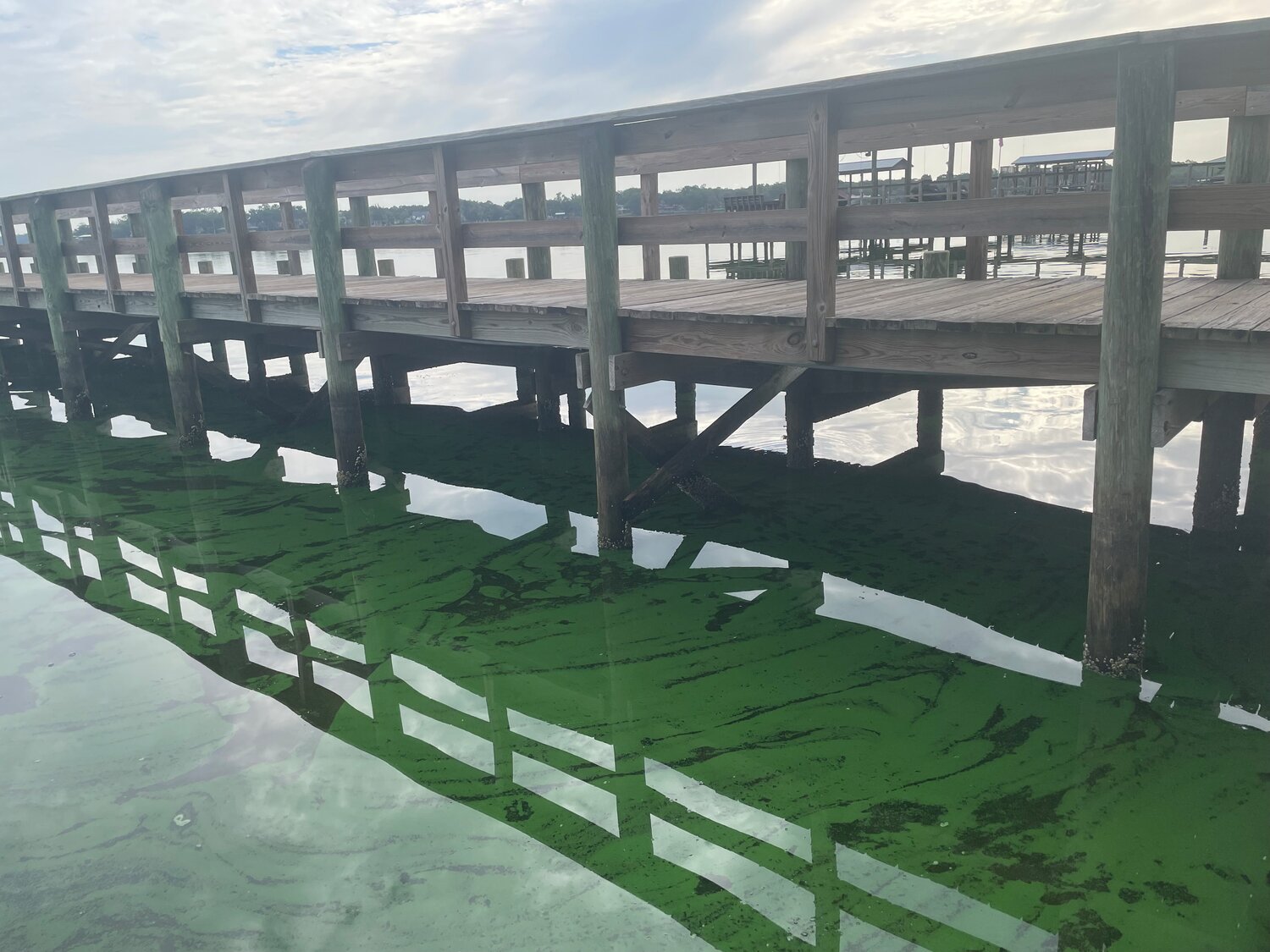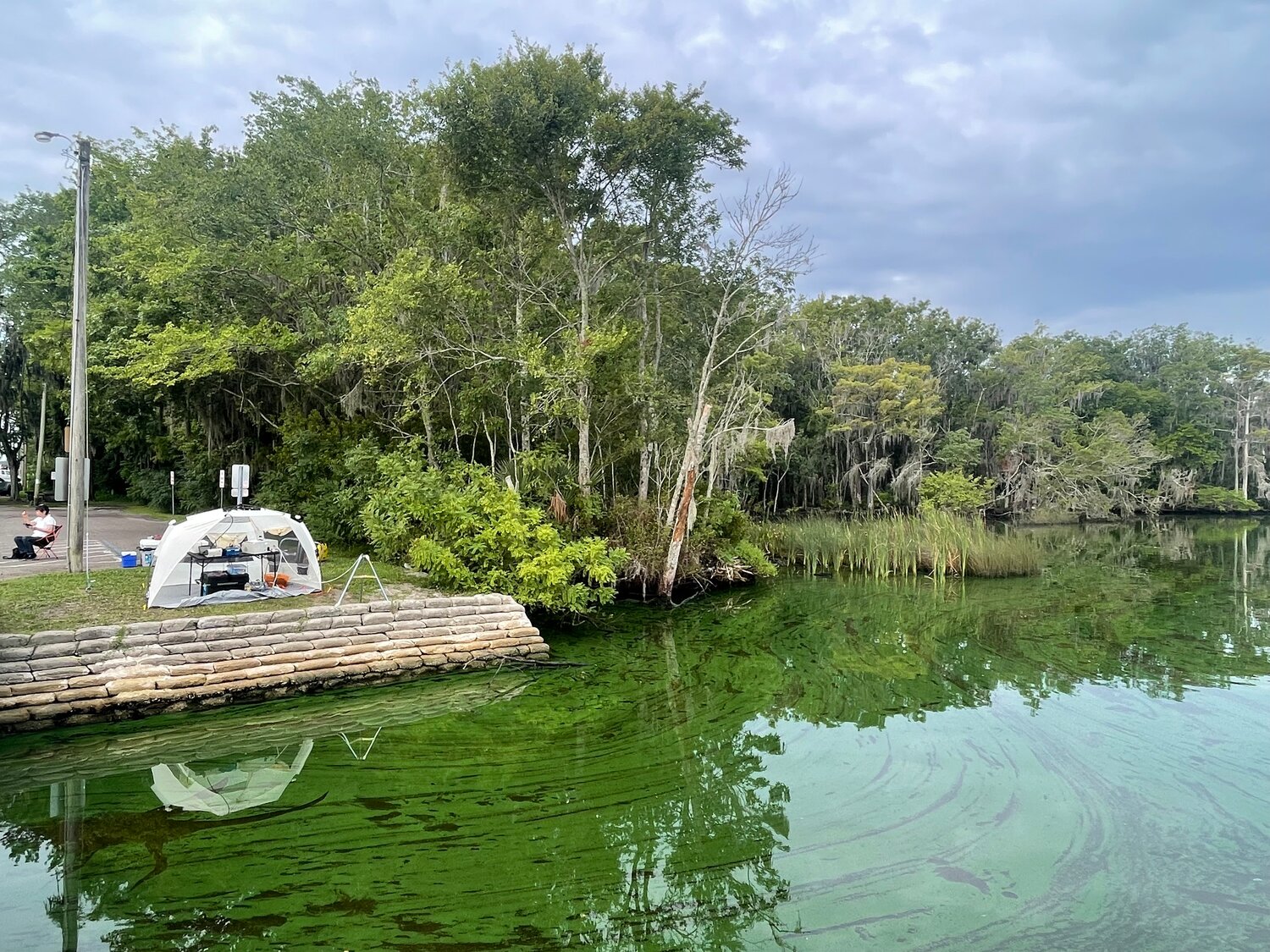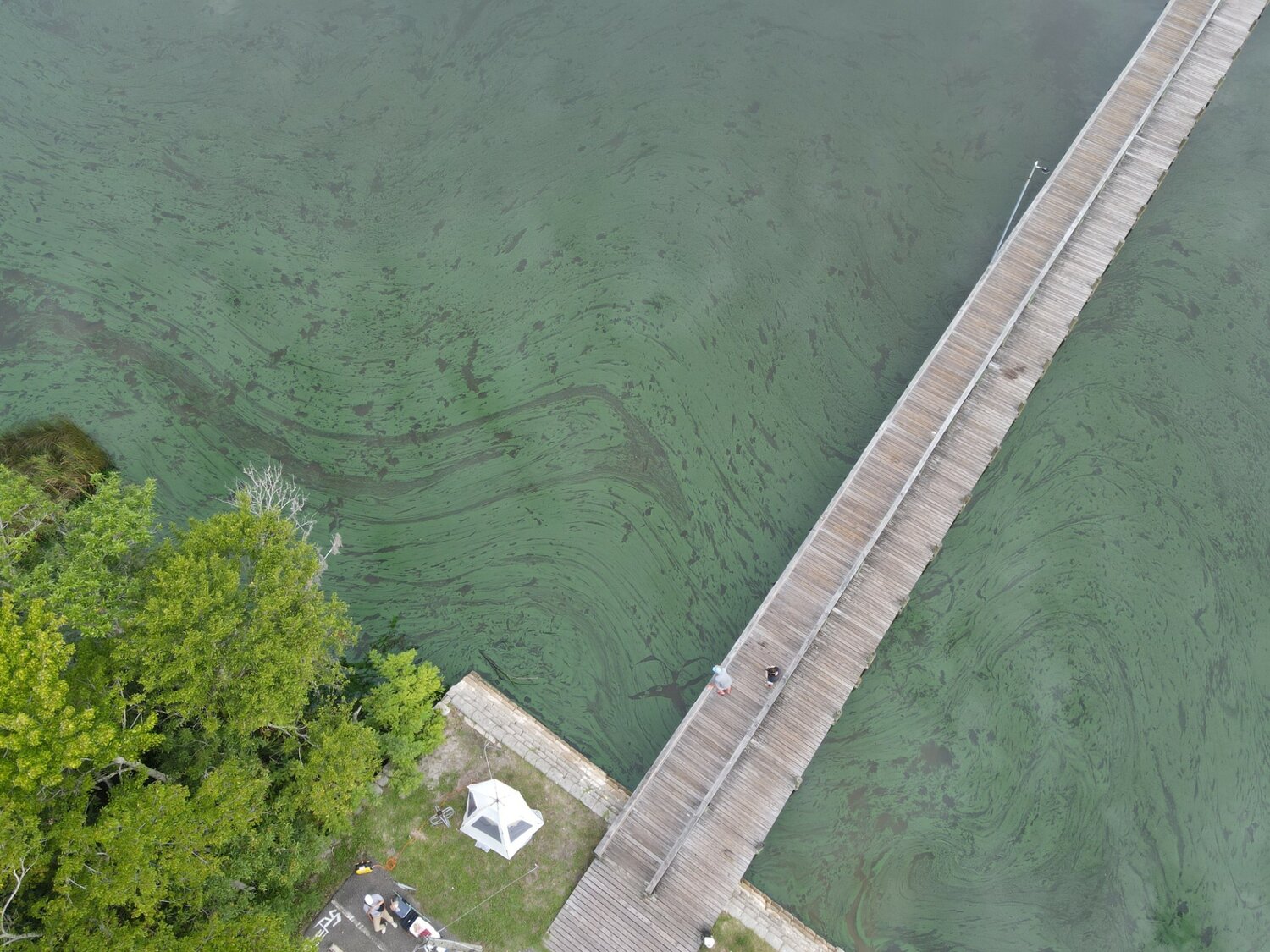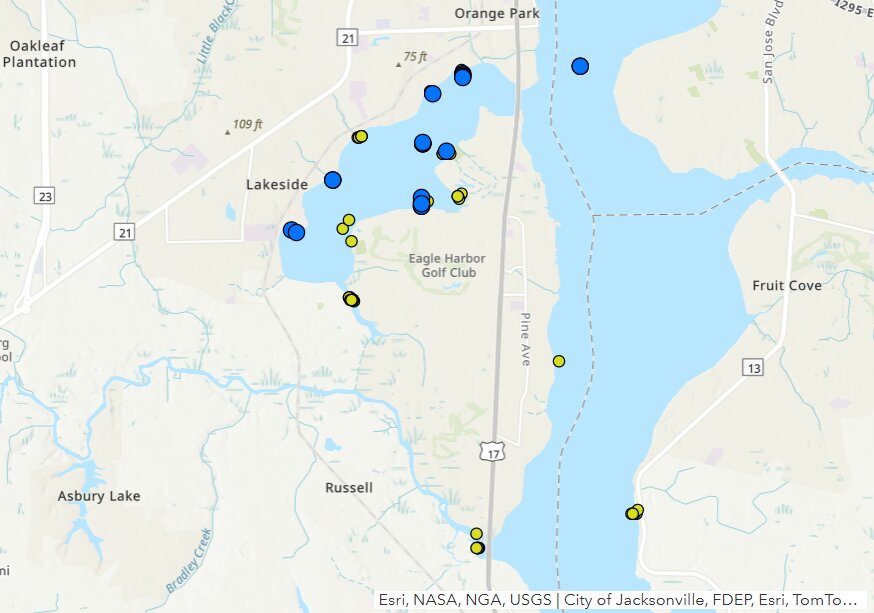'It will affect everyone': Researchers measure airborne toxins at Doctors Lake
jack@claytodayonline.com
FLEMING ISLAND — Doctors Lake has been "going green" for three consecutive summers with nearly the same punctuality and hue as the Chicago River on St. Patrick's Day, although with an …
This item is available in full to subscribers.
Attention subscribers
To continue reading, you will need to either log in to your subscriber account, below, or purchase a new subscription.
Please log in to continueDon't have an ID?Print subscribersIf you're a print subscriber, but do not yet have an online account, click here to create one. Non-subscribersClick here to see your options for subscribing. Single day passYou also have the option of purchasing 24 hours of access, for $1.00. Click here to purchase a single day pass. |
'It will affect everyone': Researchers measure airborne toxins at Doctors Lake
FLEMING ISLAND — Doctors Lake has been "going green" for three consecutive summers with nearly the same punctuality and hue as the Chicago River on St. Patrick's Day, although with an important distinction. The Chicago River is dyed green. Doctors Lake, an inlet along the St. Johns River, has festered a sickly, slimy green sludge due to pollution.
The Florida Department of Environmental Protection has posted health advisories multiple times for Doctors Lake this summer regarding algae blooms, which caught the attention of Dr. Myoseon Jang from the University of Florida. As a researcher at the university's atmospheric chemistry lab, she studies the chemistry of the air we breathe.
Jang is concerned the toxic chemicals secreted from algae blooms may also be airborne.
FDEP and other nonprofits like the St. Johns Riverkeeper routinely collect samples that measure the concentrations of toxic algae secretions dissolved in the water. These samples have found some toxins to be 12,000 times more concentrated than what the World Health Organization deems safe in drinking water. Out of all of the secretions from blue-green algae, the most concerning is a toxic chemical called Mircocystin-LR, also known as "MC-LR." This toxin causes serious damage to the liver if ingested. Recent scientific studies have found evidence that MC-LR can damage reproductive organs such as the testis, ovary, prostate, and placenta.
Unlike FDEP, Jang's laboratory measures concentrations of toxins that have been aerated.
"MC-LR can be even more damaging if it's breathed in. Seniors, young people, and those with asthma are most susceptible," Jang said while adding she also has asthma herself.
When it is aerated or suspended in humid air, MC-LR can react with oxygen, which makes the toxin oxidized and more volatile. MC-LR can become aerated by speed boating, wakeboarding, strong tidal currents, storms and daily wind fluctuations:
During the afternoon, when the sun-soaked land is warmer than the water, wind travels from the water's surface toward the land — often carrying the toxin with the breeze.
On July 26, at 7:30 a.m., Jang set up her field laboratory along the shoreline by the Lake Shore Boat Ramp near Eagle Harbor to measure MC-LR concentrations in the air.
David Drew, a nearby resident, walked along the dock that morning to see and smell the algae bloom for himself. Although out of town for the summer, he had been obliquely aware of the many recent health advisories. He saw the viridescent, striated shoreline, and he appeared dejected.
"The water is vital to our community. This will affect everyone in the area," he said.
Drew said he would often take his boat to shrimp at the Shands Pier or beside the bridge connecting Fleming Island to Orange Park on early Sunday mornings.
"I felt like Bubba Gump," he said.
"I wouldn't eat that shrimp if I were you," Jang replied.
That's because MC-LR may also accumulate in food caught and eaten by people, leading to second-hand ingestion of the toxin.
Drew described how a nearby resident, unperturbed by the algae blooms, still takes his kayak to go fishing, which made Jang shake her head disapprovingly.
That's because fish can ingest blue-green algae or absorb the toxins directly from the water.
As if on cue, the resident Drew described appeared paddling on the horizon (with burning ears, no doubt). He paddled back to shore, stepped out on the dock and brandished the fish he caught. He explained when he first wadded in the water earlier that morning to launch his kayak, his feet were covered in itchy welts after stepping into the algae bloom. "I was going nuts scratching," he said.
Still, he was dismissive regarding the health risks of the algae bloom. He packed his fish away and said, "I'm still going to eat it, though."
"Well, he hasn't grown any extra fingers or toes," Drew said.
FDEP does not recommend anyone swim, wade, drink or fish in water during algae blooms, especially when a health advisory has been posted. Boiling the water is ineffective at neutralizing the durable MC-LR toxin.
Scientific consensus predicts algae blooms will continue to increase in prevalence, especially during the summer. Floridian waters turning green during the summer may soon be as ubiquitous as deciduous leaves turning auburn in the fall.
"It's getting worse. The population is increasing and so is pollution. Eventually, it will affect everyone," Jang said.
Depending on Jang's results, residents may have to worry about more than just the green water.














